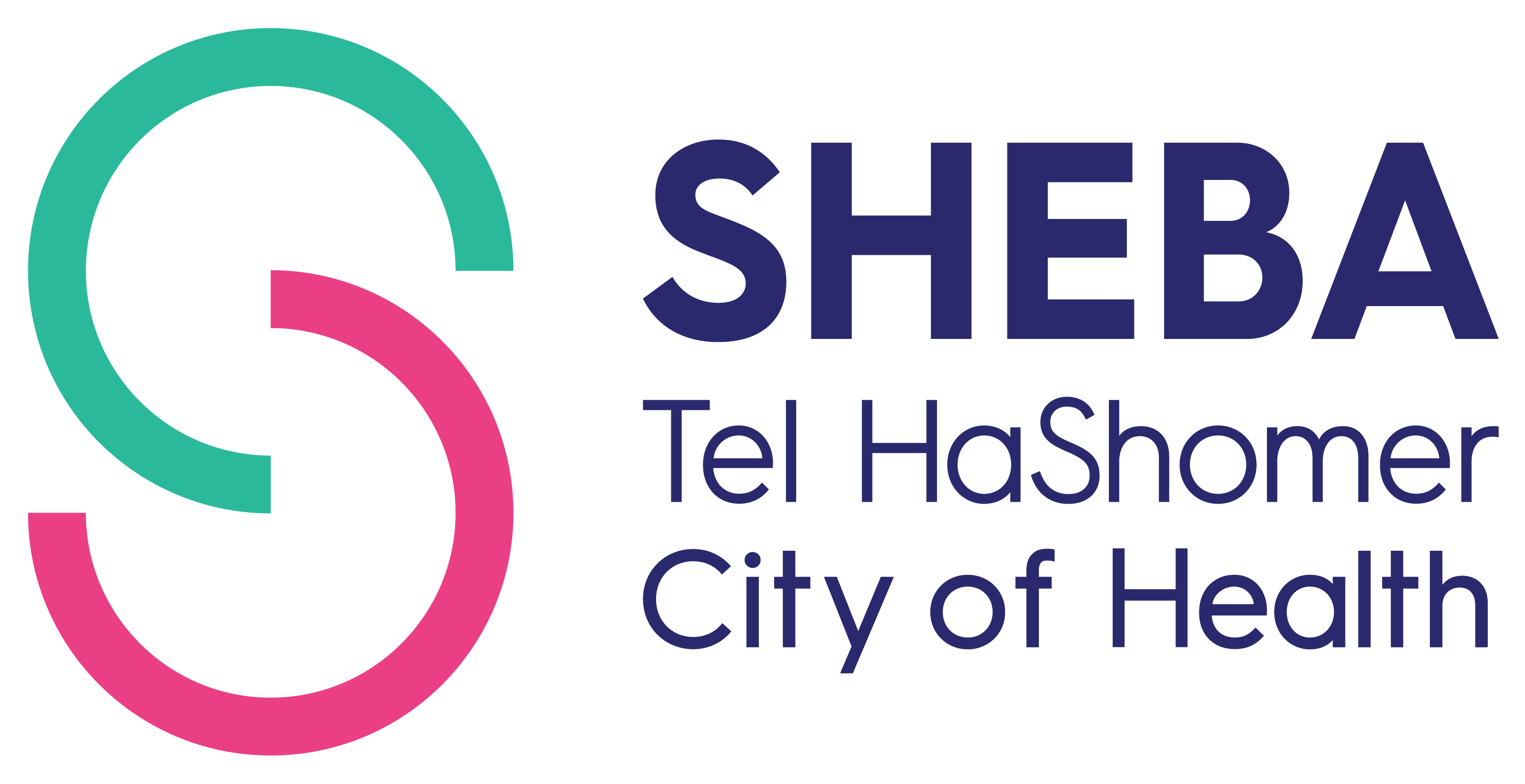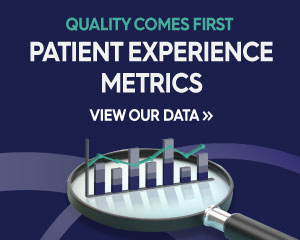Neurocardiology clinic
Director: Prof. Jonathan Sharabi
Laboratory director: Dr. Ariel Bir
Contact:
Phone: 03-5302624
Fax: 03-5355428
Email: bloodpressure@sheba.gov.il
Clinic hours:
Sunday to Thursday, 8:00-15:00
Location:
Hospitalization Building, Outpatient Clinics, 1st floor (next to phototherapy)
The Neurocardiology Clinic provides a diagnostic evaluation of the autonomic system. Our clinical laboratory employs non-invasive and highly precise methods to evaluate hemodynamic parameters, including beat-to-beat blood pressure and forearm blood flow in patients suffering from deficiencies in blood pressure control.
The patient population that we assess consists of individuals with autonomic disorder, postural hypotension, intolerance to standing, recurrent episodes of fainting (syncope), and patients with other conditions that involve autonomic dysfunction, including diabetes, Parkinson's disease, Multiple System Atrophy, pheochromocytoma, pseudohypoparathyroidism, and more.
The test helps to physiologically characterize and pinpoint the autonomic defect responsible for the clinical symptoms. It also guides us in determining the most suitable and effective treatment for the patient.
Please note that the test is conducted only after routine investigations and when standard treatments have proven ineffective.
How do you perform the test?
After reviewing the medical history and conducting a physical examination, an intravenous catheter is inserted and allowed to rest for 20 minutes. We connect the monitoring devices and monitor hemodynamic parameters at rest and during maneuvers (Valzalva, deep breathing, changing positions). Plasma catecholamines (norepinephrine, epinephrine, and the metabolite DHPG) are measured while lying down and after 5 minutes of standing.
After the test, we analyze the blood tests and hemodynamic data. In the final step, we provide the patient with a breakdown of the results, an approximate diagnosis, and a recommendation for treatment.









